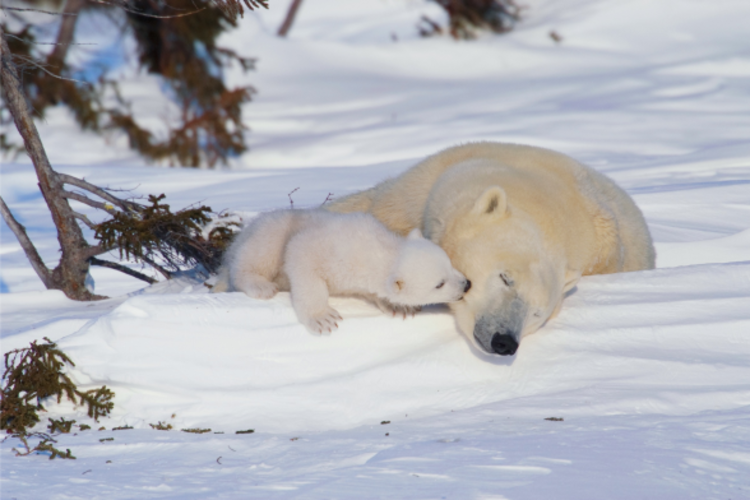Just for Kids
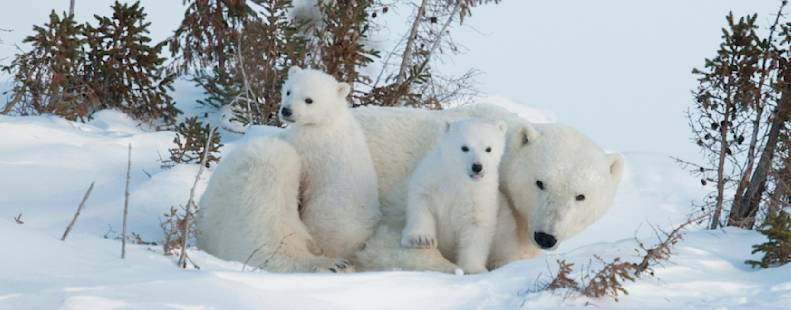
Photo: Daniel J. Cox
Follow your nose (and your curiosity) across the Arctic through our digital learning experiences, fun facts, and activities. And learn how you can be a part of climate warming solutions.
Polar Bear Facts


Polar Bears Eat Seals
In a frigid Arctic, polar bears require calorie-rich foods to survive. Seals are their main prey and their preferred high-fat feast. Polar bears hunt seals from the surface of the sea ice.
Polar Bears Can Weigh Up to 590 Kg!
Adult males normally weigh between 350 and 590 kg (772 and 1300 lb). Adult females weigh between 150 and 295 kg (331 and 650 lb).
Polar Bears Have HUGE Paws
A polar bear paw can be the size of a dinner plate! The pads of their paws are covered with tiny bumps, or papillae, that give them better traction on slippery ice.
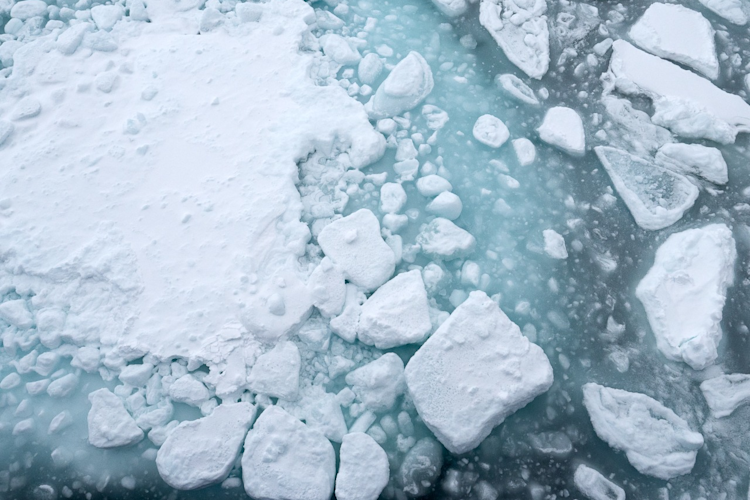
Photo: BJ Kirschhoffer
Arctic Food Web
Sea ice is as important to the Arctic as soil is to the forest: it supports the entire Arctic food chain. When ocean water gets cold enough to freeze, it expels salt, causing channels to form inside the ice. As sunlight filters through, algae grow within these channels, creating an underwater garden that forms the base of the food chain.
Tundra Connections & Live Events
Ever wonder what a polar bear smells like? How far a polar bear can swim? Or how to become a polar bear scientist? Tune into our Tundra Connections webcasts each spring and fall or watch the best of our archives!
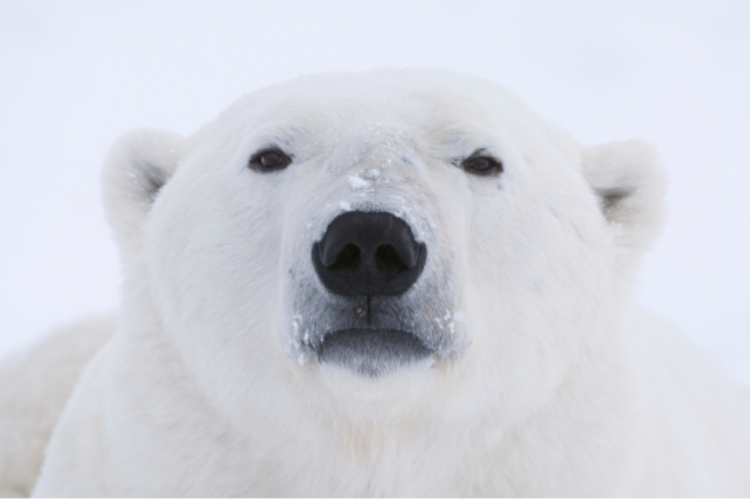
Polar Bear Cams
Watch polar bears spar, snooze, and test the ice on our live Polar Bear Cams. Or explore the underwater world of beluga whales, and experience the wonder of the northern lights as they dance across the sky! Follow your curiosity and find inspiration in nature on our live cams with Explore.org!
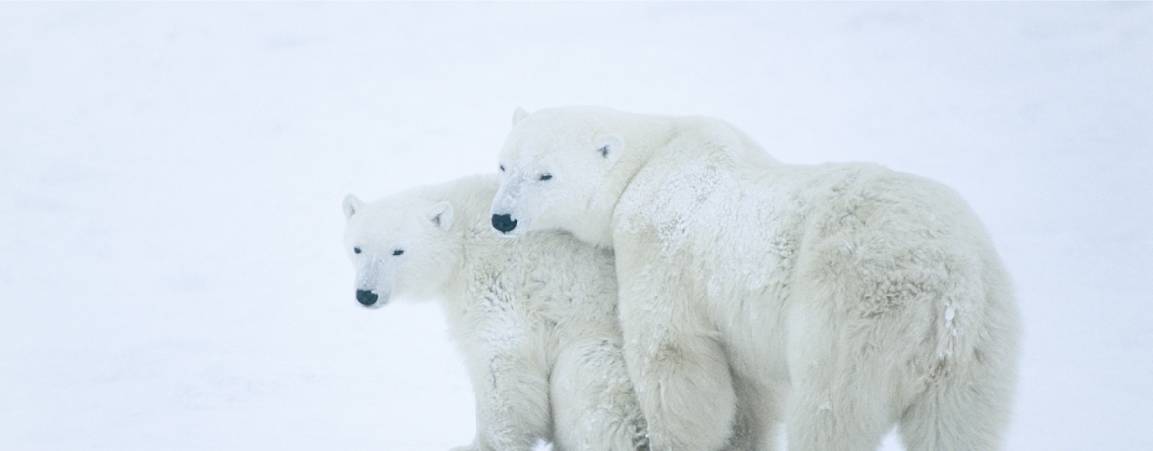
Just for Kids - What Can Youth Do?
We can work within our own communities to take action on climate warming. Together, we can change the world! Download and share our Solutions Handout, based on the best available science, just for youth!
A Polar Bear Story
Questions about Polar Bears?
You’ve got questions? We’ve got answers! At least some of them. Use your detective skills to find your answers here. If you can’t find it, join one of our live events and see if you can “stump the scientist!”


